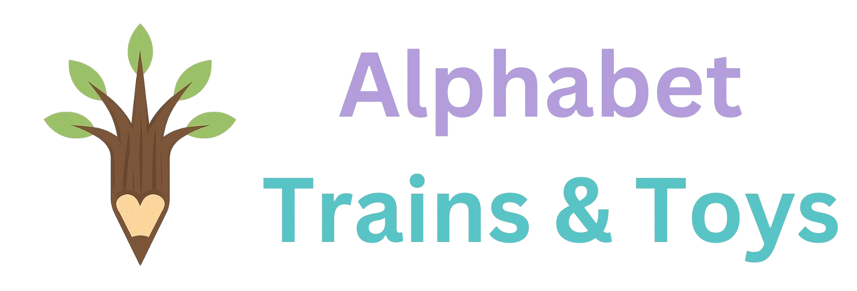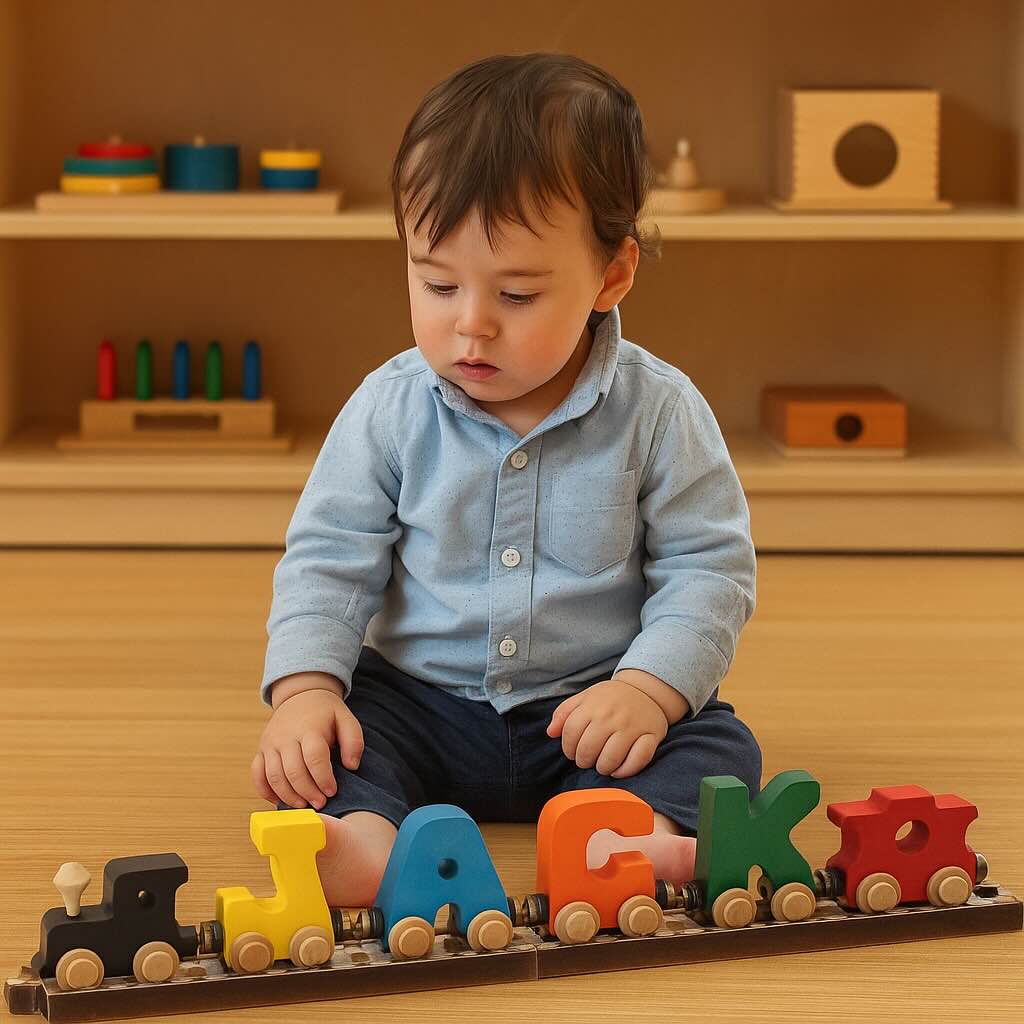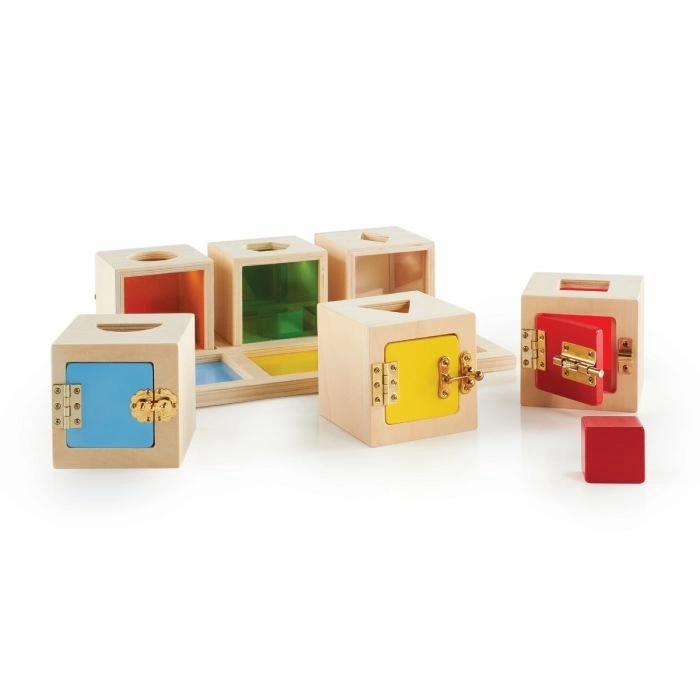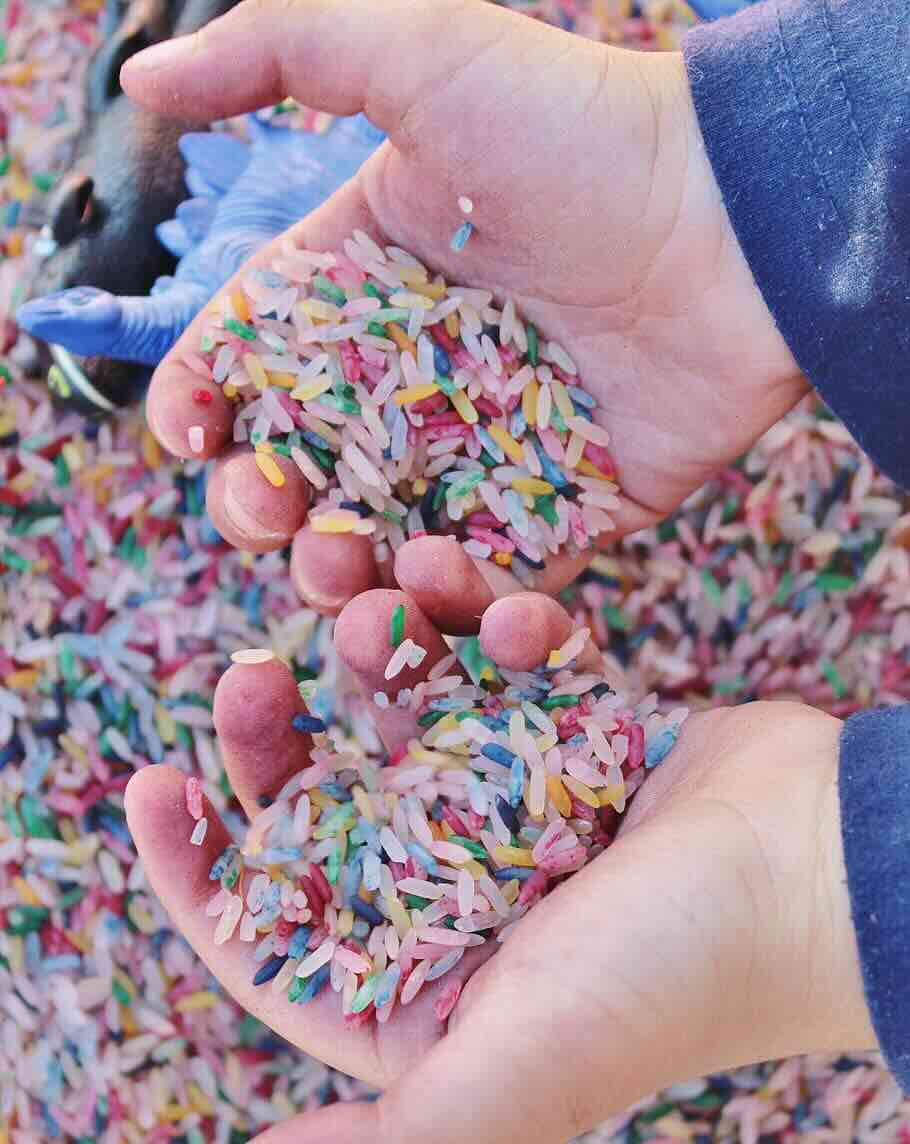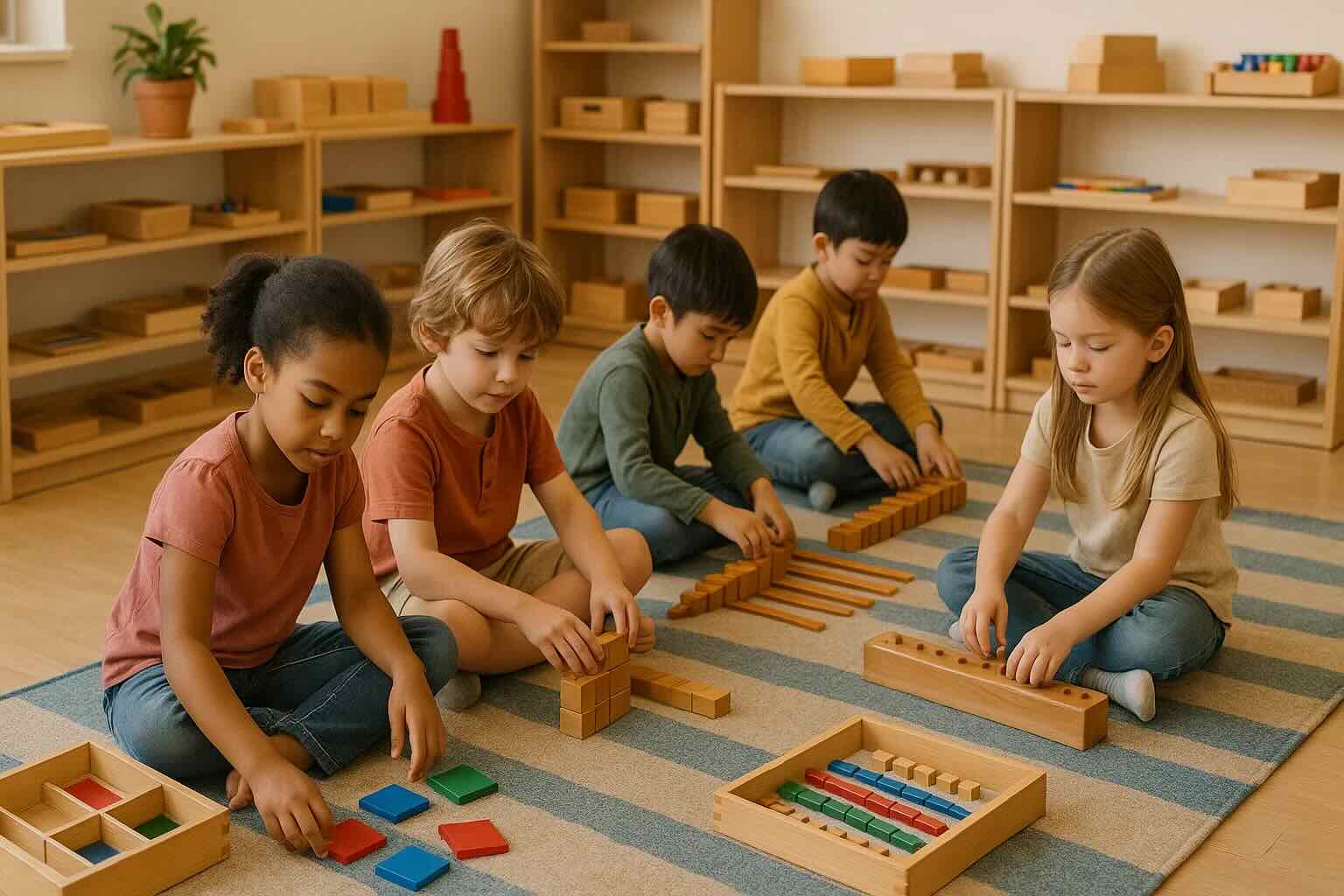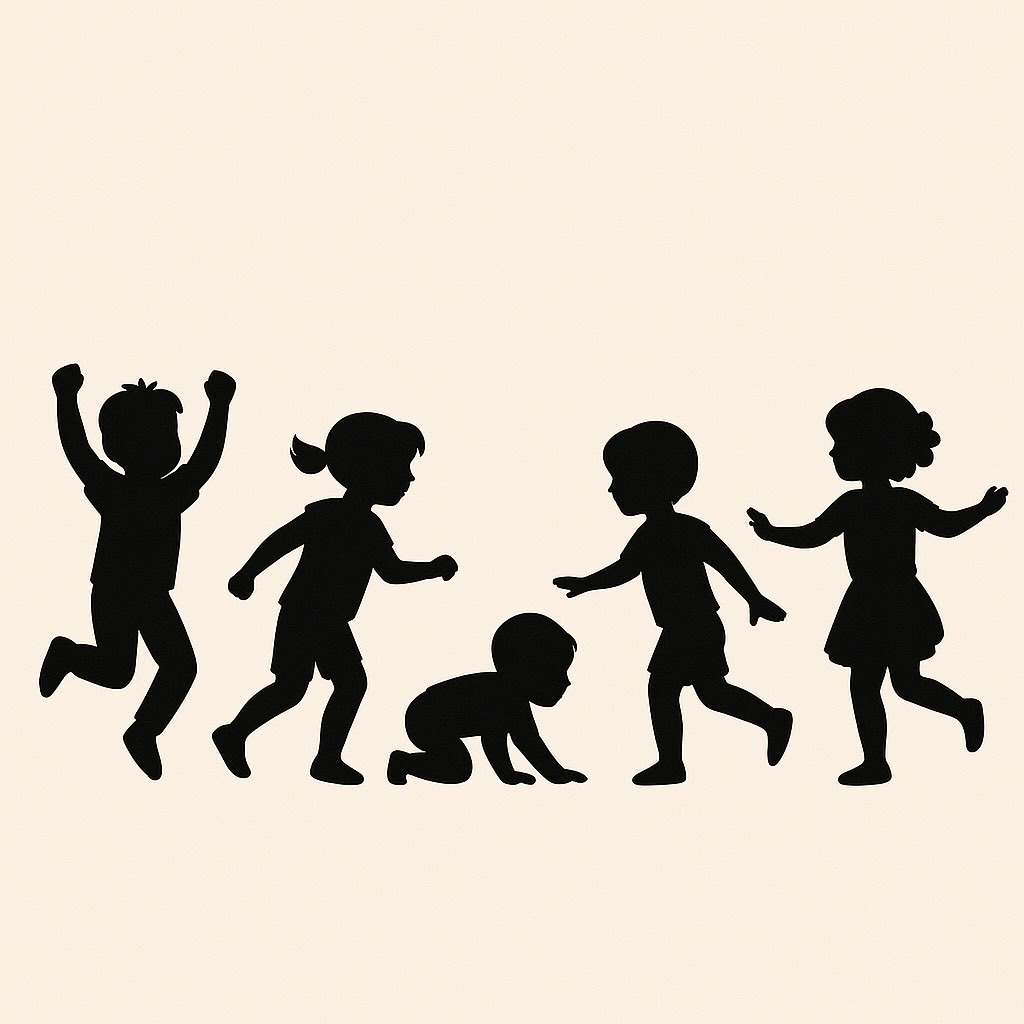Our Educational Philosophy
When we started Alphabet Trains & Toys, we didn't just want to sell cute name puzzles or wooden trains — we wanted to create tools that actually help children learn. We kept seeing the same insight in research again and again: children learn to recognize their own name before almost any other word1. That's not a coincidence — it's how the brain works. When personalization is used intentionally, it boosts attention, memory, and emotional engagement2,3. But when it's just decorative? It adds little to no learning value. That's why every product we carry is chosen for three things: developmental fit, quality materials, and educational function.
🎓 Studies show children recognize their own name before any other word — and personalization leverages this early familiarity for deeper learning1,2.
Key Findings
18-24 months is the optimal age to introduce personalized toys, when children naturally begin name recognition1. Functional personalization (where removing the name eliminates the toy's educational purpose) increases engagement 3-4x longer than decorative personalization2. Quality personalized toys cost 40-70% more but typically last 2-3 years versus 6-12 months for generic alternatives. The best choices combine solid wood construction, personalization, and clear educational objectives.
The Name Recognition Advantage
As parents and educators ourselves, we already knew something was special about how children respond to their own names. We see it constantly with our own families, in classrooms, and through customer feedback — toddlers gravitating toward their name puzzle, lighting up when they spot their letters. Research in developmental psychology confirms what we observe: children typically recognize their own name in print before other sight words1. This occurs because:
- Names are heard frequently from birth
- Self-referential processing creates stronger memory encoding3
- Familiar stimuli activate different neural pathways than unfamiliar ones4
Educational implication: Toys that incorporate a child's name can leverage this natural learning advantage.
When Personalization Enhances Learning
Personalized toys and gifts work when the customization serves the learning objective, not just aesthetics.
✅ Quick check: If you remove the name and the toy still teaches the same thing — it’s decorative. If the name is essential to the learning, it’s functional.
Functional vs. Decorative Personalization Comparison
| Type | Examples | Educational Value | Learning Outcome |
|---|---|---|---|
| Functional | Name puzzles, alphabet trains, step stools | High - name removal eliminates function | Letter recognition, sequencing, independence |
| Decorative | Stickers on generic toys, embroidered names | Low - name is cosmetic only | Same as non-personalized version |
Functional personalization examples:
- Name puzzles - Removing letters teaches letter shapes and sequencing
- Alphabet trains - Each car represents a letter in name order
- Step stools - Name visibility builds ownership and responsibility
- Personalized books - Child becomes story protagonist, improving engagement
Decorative personalization to avoid:
- Name stickers on otherwise generic educational toys
- Embroidered names that serve no learning function
- Items where personalization could be removed without affecting use
So how do you know if a personalized toy is worth it? After years of reviewing products and listening to families and educators, we’ve developed a simple three-part test to help you tell the difference between a keepsake and a learning tool.
Our 3-Point Test for Educational Value
Throughout the years we have learned to evaluate any personalized gifts for babies and kids using this system:
🧠 Our 3-Part Test:
- Developmental Match: Targets the child’s current learning stage
- Material Quality: Durable enough for daily use
- Learning Integration: Personalization should enable or deepen the educational goal
Age-Appropriate Applications
Children develop name recognition between 18-30 months, making this the optimal window for personalized learning tools.
| Age Range | Developmental Skills | Best Personalized Toys | Learning Benefits |
|---|---|---|---|
| 12-24 Months | Language acquisition, self-recognition | Soft books, name blankets | Name sound familiarity, visual pattern recognition |
| 2-4 Years | Letter recognition, fine motor skills | Name puzzles, alphabet blocks | Letter-sound correspondence, spatial reasoning |
| 4-6 Years | Reading readiness, independence | Personalized books, step stools | Sight word recognition, self-directed learning |
12-24 Months
Developmental focus: Early language acquisition, self-recognition
Appropriate items: Soft books, comfort objects with names
Learning benefit: Familiarity with name sounds and visual patterns
2-4 Years
Developmental focus: Letter recognition, fine motor skills
Appropriate items: Name puzzles, alphabet blocks
Learning benefit: Letter-sound correspondence, spatial reasoning
4-6 Years
Developmental focus: Reading readiness, independence
Appropriate items: Personalized books, organizational tools
Learning benefit: Sight word recognition, self-directed activities
Montessori Alignment
You may wonder, what functions do personalized toys have in Montessori philosophy. As someone with years of experience as a Montessori educator, I can tell you that personalized educational tools support core Montessori principles:
- Prepared environment: Child-specific materials encourage care and responsibility
- Independence: Personal tools support self-directed learning
- Concrete learning: Physical manipulation before abstract concepts
Quality Indicators
High-quality personalized baby gifts share five key characteristics:
| Quality Factor | Look For | Avoid |
|---|---|---|
| Materials | Solid wood, engraved personalization | Particle board, stickers |
| Safety | Rounded edges, non-toxic finishes | Sharp edges, unknown finishes |
| Design | Clear letters, appropriate sizing | Decorative fonts, oversized pieces |
| Durability | Thick construction, quality hardware | Thin materials, loose parts |
| Educational Value | Skill-specific design, progressive challenge | Generic design, single-use concept |
Reality check: So what does that mean in practical terms? What should you look for when you are looking at personalized gifts or custom toys for kids?
🔍 Quality Tip: Look beyond the name. Focus on the toy’s or gift's purpose, materials, and safety features. Engraved wood beats vinyl stickers every time.
Materials Assessment Checklist
- Wood type: Solid hardwood over particle board or MDF
- Personalization method: Engraved or laser-burned over vinyl stickers
- Finish quality: Smooth, non-toxic, child-safe coatings
- Size appropriateness: Matching child's developmental motor skills
Design Quality Indicators
- Letter clarity: Avoid decorative fonts that confuse similar letters (b/d, p/q)
- Educational color coding: Vowels/consonants or other learning systems
- Progressive difficulty: Multiple challenge levels as child develops
- Safety considerations: Age-appropriate sizing and materials
Investment Considerations
While all this sounds great, you may be thinking "Yeah, but personalization costs more. Why should I pay more for a toy?" It is true that quality personalized toys and gifts cost 40-70% more than generic alternatives. Here's when the investment pays off:
💡 Start with one high-quality item — like a name puzzle — and build based on your child’s response. Personalized toys don’t have to be bought all at once.
| Factor | Personalized Toy | Generic Toy |
|---|---|---|
| Engagement Duration | 12-18 months average | 2-4 months average |
| Material Durability | 2-3 years heavy use | 6-12 months typical |
| Learning Focus | Targeted skill development | General play value |
| Keepsake Value | High (name-specific) | Low (replaceable) |
| Sibling Use | Limited (name-specific) | High (generic) |
But I do understand that other things may be more important to you. Or you may think to put off your child's education, because you think it may be too early. You don’t need to keep up with anyone else, or compete with them — just focus on what’s meaningful for your child. So here is when to really invest:
- Child is developmentally ready for the skill
- Quality materials and construction
- Personalization serves educational function
- Budget allows for higher-quality purchase
Now, I also know that some children might not be developmentally ready for certain personalized toys. Every child develops at their own pace, and you know your child best. Here is When to skip:
- Child not ready developmentally
- Purely decorative personalization
- Generic version serves same learning goal
- Questionable material quality
Product Recommendations by Learning Goal
Name Recognition Development
Wooden Name Puzzles - Letter manipulation and recognition
Reading Sequence Skills
Personalized Alphabet Trains - Left-to-right progression
Reading Motivation
Personalized Books - Self-referential engagement
Independence Building
Personalized Step Stools - Ownership and responsibility
Complete Age Guide
Montessori Toys by Developmental Stage
Real-Life Stories: Personalized Toys in Action
💬 "My toddler points out her name letters everywhere now thanks to her puzzle."
"The name train helped our son ease into his Montessori classroom with confidence."
"My daughter asks for her name book every night. It's teaching her a lot of words."
"My son loves his coloring book—he was thrilled to see his name on every page and it actually got him excited about writing and learning."
"We bought a step stool with our daughter’s name on it. At first it was just to help her reach the sink — but now it’s her step stool. She puts it away on her own and tells everyone, ‘this is mine.’ It’s made a huge difference in her independence."
Summary: What You Should Know
📝 Children recognize their name early — well before reading. Functional personalization (like name puzzles) boosts learning more than decorative name-stamped toys. Look for developmental fit, material quality, and clear educational purpose when choosing personalized items. Start with one high-quality toy and build from your child’s response.
Frequently Asked Questions
What age should I start with personalized toys and gifts for babies?
18-24 months is optimal for name recognition development. Children typically begin recognizing their name in print around this age, making personalized puzzles and books most effective. However, a baby that grows up with a favorite blanket or personalized toys will learn their name muche earlier than 18 months.
Are personalized toys worth the extra cost?
Yes, if they serve an educational function beyond decoration. Quality personalized toys typically last 2-3x longer and maintain engagement 3-4x longer than generic alternatives.
How do I know if personalization is educational or just decorative?
Ask: Does removing the name change the learning value? Educational personalization (like name puzzles) loses function without the name. Decorative personalization (name stickers on toys) adds no learning benefit.
What's the difference between Montessori-aligned and regular personalized toys?
Montessori-aligned toys emphasize natural materials, self-correction, and independence building. They avoid electronic components, focus on real-world skills, and support child-directed learning.
Should I buy multiple personalized items or focus on one quality piece?
Start with one high-quality name puzzle or alphabet train, then expand based on your child's engagement and developmental needs. Quality over quantity yields better learning outcomes.
How long do children typically use personalized educational toys?
Active use ranges from 12-18 months for quality pieces. Name puzzles remain relevant from age 2-4, while personalized books can extend through early elementary years.
Can personalized toys help with learning disabilities or delays?
Personalized materials may increase engagement for children with attention or processing challenges. However, consult with educational therapists for specific learning support strategies.
References
- Treiman, R., & Broderick, V. (1998). What's in a name: Children's knowledge about the letters in their own names. Journal of Experimental Child Psychology, 70(2), 97-116.
- Sui, J., & Humphreys, G. W. (2015). The integrative self: How self-reference integrates perception and memory. Trends in Cognitive Sciences, 19(12), 719-728.
- Rogers, T. B., Kuiper, N. A., & Kirker, W. S. (1977). Self-reference and the encoding of personal information. Journal of Personality and Social Psychology, 35(9), 677-688.
- Kuhl, P. K. (2007). Is speech learning 'gated' by the social brain? Developmental Science, 10(1), 110-120.
